Theory Behind Generative Noise
SPRING QUARTER 2025
5/8/2025
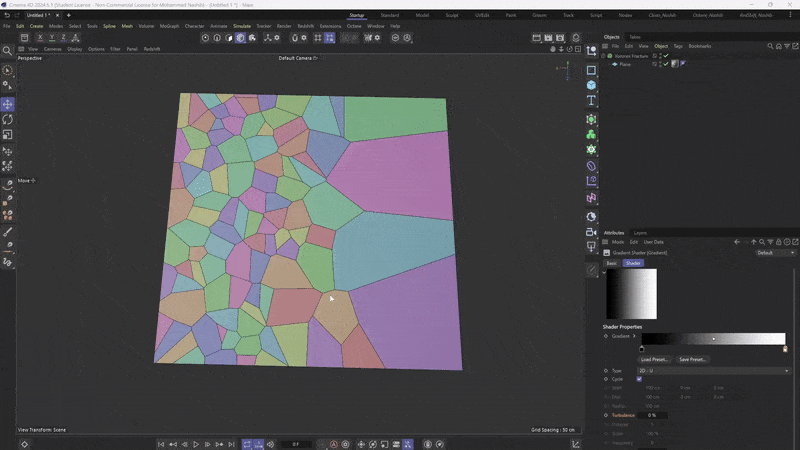

Introduction
I've worked with various techniques for creating visual effects. Recently, my professor Dr. Paul Diefenbach in class provided valuable insights that expanded my understanding of Perlin noise, gradients, and Voronoi diagrams. While I was familiar with these concepts, the professor's explanation revealed deeper connections between black and white value maps and controllable destruction effects.
During the lecture, the professor demonstrated how these fundamental principles could be applied more effectively to create precise Voronoi destruction - those realistic breaking and shattering effects we see in high-end productions. These explanations helped me refine my approach and develop more controlled techniques.
In this blog, I'll share these insights for those looking to enhance their understanding of procedural destruction.
The Voronoi Fracture tool's Sources tab contains the Point Generator - the foundation of your destruction effect. It determines where breaking points occur on your object, like where cracks start in breaking glass. The Distribution toggle activates this feature, controlling how breaking points spread across your object.
These distribution patterns follow mathematical rules, not random placement. By adjusting them, you can create natural or precisely controlled destruction effects. The three dots icon lets you fine-tune these patterns using black and white values, giving you detailed control over how your object breaks.
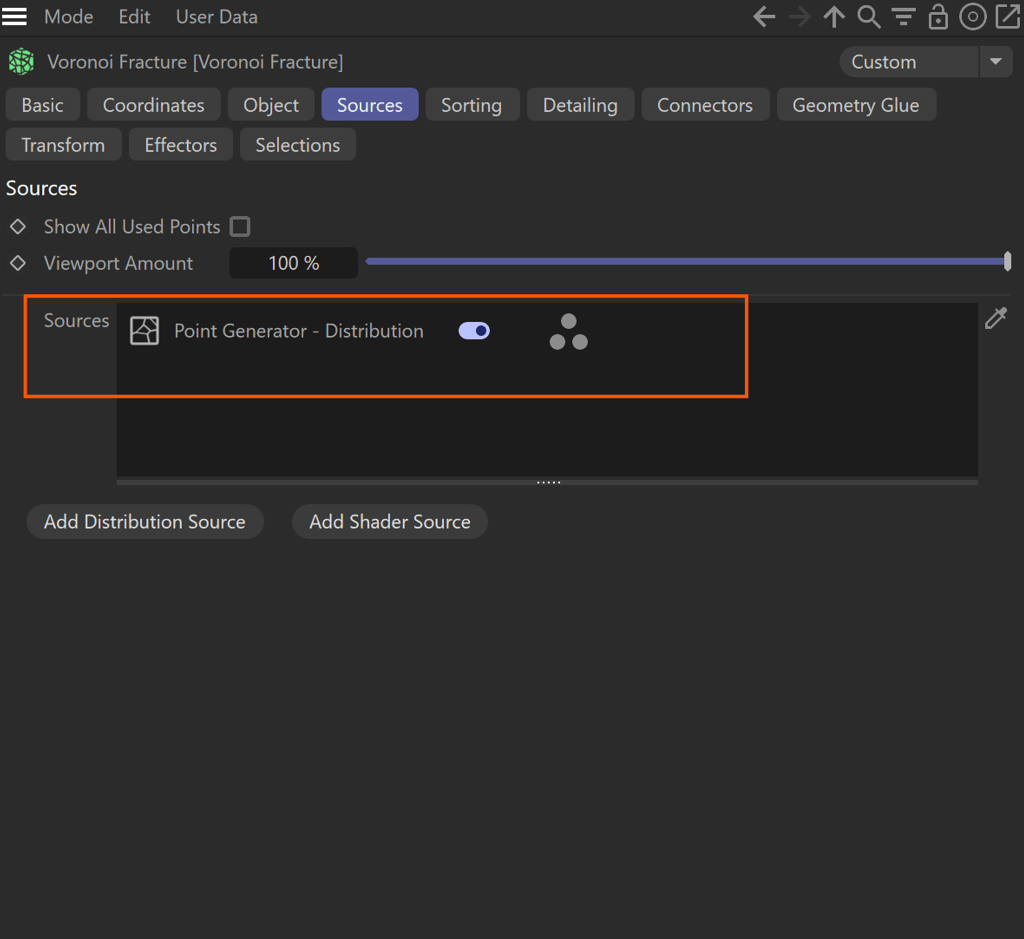

The first critical component to understand is the Voronoi Fracture tool's Sources tab, specifically the Point Generator. This might look like just another option in the software, but it's actually the foundation of how your entire destruction effect will behave.
The Sources Point Generator determines where the "breaking points" of your object will be. Think of it like deciding where cracks will start when glass breaks. In the Voronoi Fracture tool, the Sources tab allows you to control these breaking points through the Point Generator Distribution.
When you look at the interface, you'll notice the Point Generator - Distribution option has a toggle switch that activates it. This is where the magic begins. This setting controls how the breaking points are distributed across your object. The distribution pattern directly influences how natural or controlled your destruction will appear.
This distribution isn't random but follows specific mathematical patterns. By controlling these patterns, you can create destruction that looks completely natural or precisely directed. For example, if you want an object to break from a specific impact point (like a bullet hit), you would configure the Point Generator to concentrate distribution points around that area.
The three dots icon next to the distribution setting allows you to fine-tune how these points are generated. This is where understanding black and white values becomes crucial, as these values can drive the distribution patterns in remarkably precise ways.
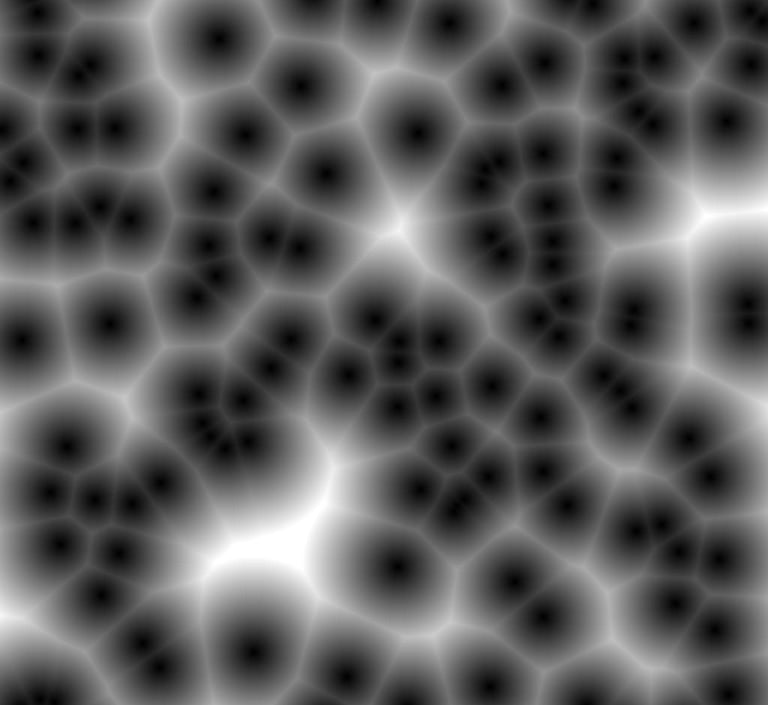

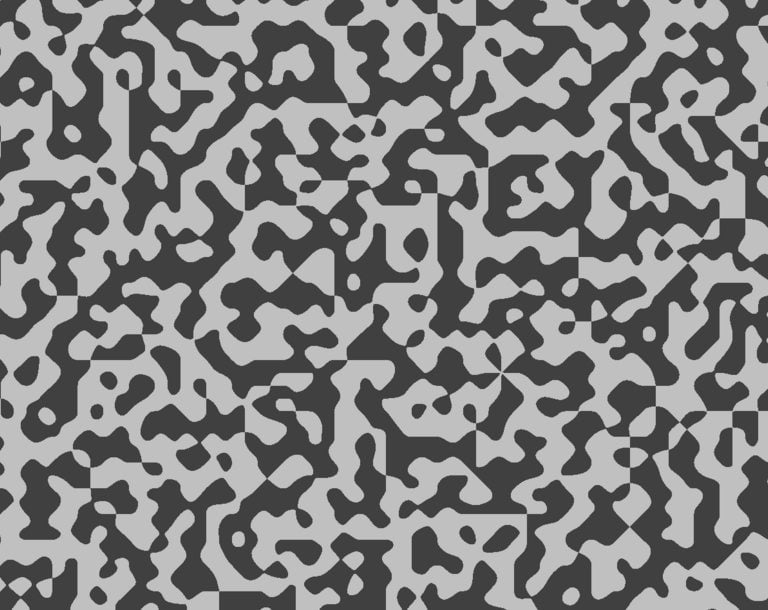

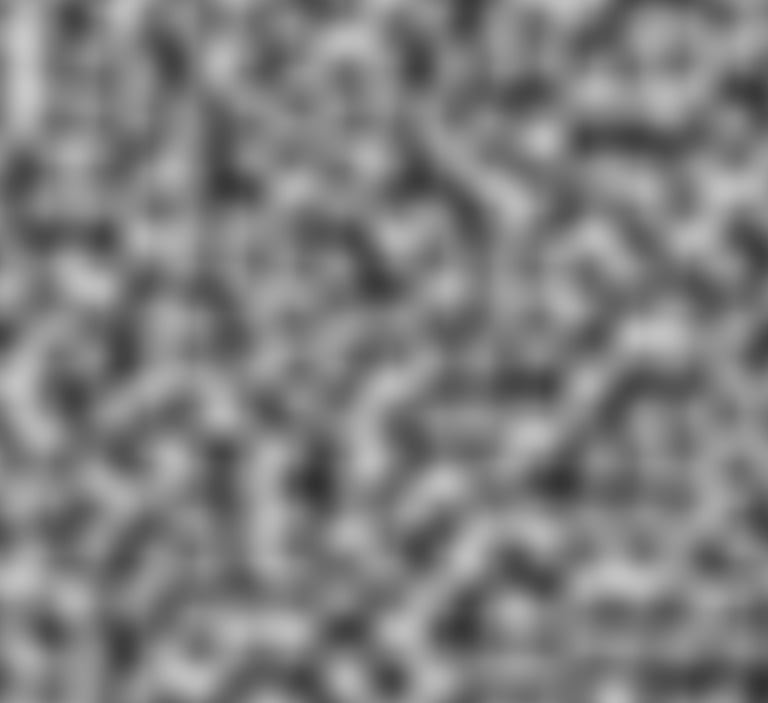

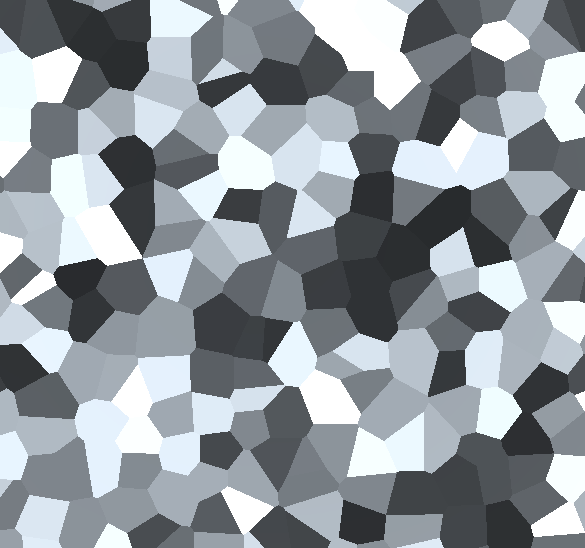

Perlin Noise: Created by Ken Perlin in the 1980s, this gradient noise produces smooth, natural-looking patterns. It's widely used for generating realistic terrain in landscapes, creating cloud textures, and simulating water surfaces. The gradual transitions in Perlin noise make it perfect for any element that needs organic variation without sharp edges.
Voronoi Noise: This creates cell-like patterns based on distance to randomly distributed points. It's excellent for destruction and fracturing effects because it naturally forms cell boundaries that look like cracks or breaks. Voronoi is also used for creating organic patterns like scales, cracked earth, giraffe spots, and cellular structures.
Simplex Noise: An improved version of Perlin noise with less directional artifacts and better computational efficiency. It works well for fluid simulations, fire effects, and any application requiring smooth, natural randomness in higher dimensions.
Worley Noise: Similar to Voronoi but focuses on the actual distance values rather than cell boundaries. It's perfect for creating textures like cobblestone, leather, water caustics, and any surface with clustered features.
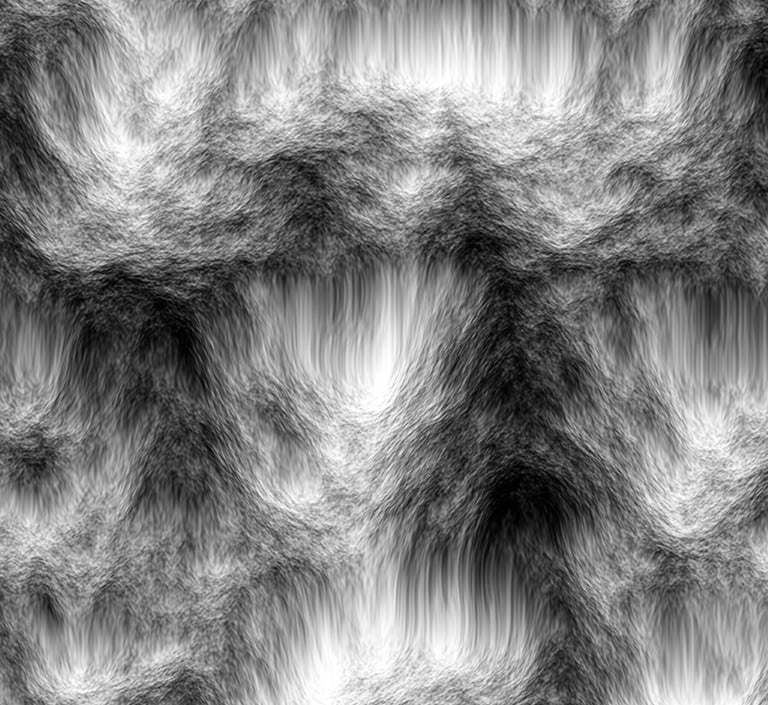

Fractal Brownian Motion (fBm): This combines multiple octaves of noise (usually Perlin or Simplex) at different frequencies and amplitudes. It creates highly detailed, multi-layered textures used for realistic mountains, clouds, and any natural feature requiring detail at multiple scales.